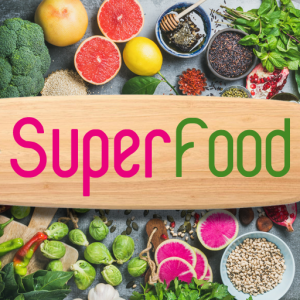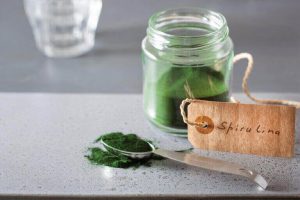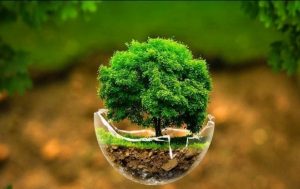In order to know how an algae can play the role of a drug, we must first know its chemical structure. Algae make up about one third of the cell mass of plants in the world. Algae can be defined as “photoautotrophic green plants in general with unicellular reproduction structure, covering and protective cells, aquatic and without embryo” All algae without exception contain chlorophyll and lack vessels.
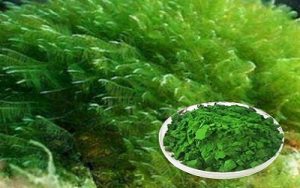
Roots, stems and leaves are not seen in the vegetative structure of these simple plants. Microalgae is a term used to name all microscopic algae, both prokaryotes and eukaryotes, and distinguishes them from macroscopic algae. Microalgae are microscopic single-celled organisms that grow in colonies in most cases. In the early 1950s, a significant lack of protein sources was observed in the world’s diet, which led to the beginning of studies to find suitable and replaceable protein sources. . At that time, the cell mass of algae seemed to be a good choice to achieve this goal. Microalgae are an important source of vitamins A, C, E, B group, folic acid, pantotic acid and biotin. Among the microalgae with high nutritional value are spirulina species, which are produced industrially today and have many different uses. The most prominent of which is the medicinal use of this algae.
Chemical compounds in spirulina
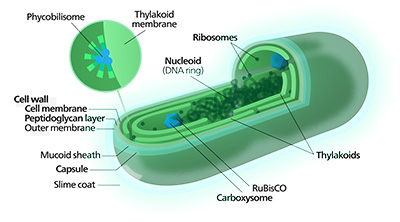
Spirulina is sold in many countries, such as Japan and Taiwan, as a commercial product and as functional food, as well as as a health-giving drug with therapeutic purposes. Spirulina contains abundant amounts of plant proteins (about 70% of dry weight), catenoids, 0.04%, omega-6 polyunsaturated fatty acids (such as the rare and essential fatty acid gammalinolic acid), sulfolipids, glycolipids, polysaccharides, vitamin precursors, and other nutritious compounds. Such as vitamins A, E and various B vitamins and minerals such as calcium, iron, magnesium, potassium, zinc and selenium. Also, spirulina is a rich and cheap source of various pigments such as phycocyanin. Phycocyanin is one of the secondary pigments in photosynthesis and belongs to the family of phycobili proteins. Phycocyanin is usually used in the food industry as a colorant, emulsifier, thickener and gel agent.
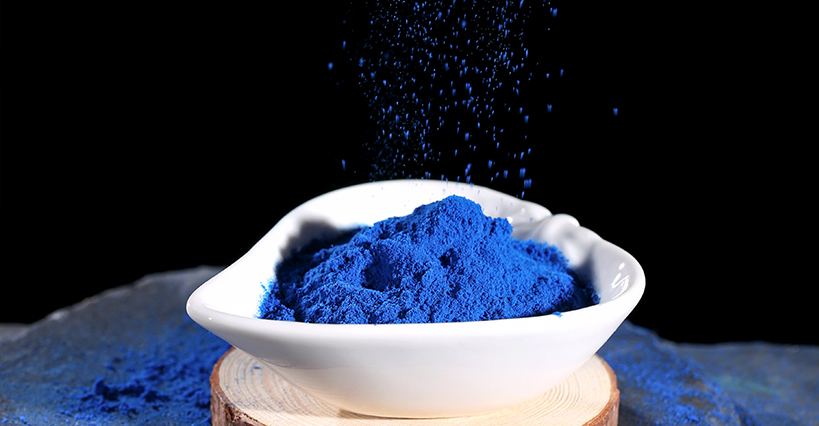
Phycocyanin is also used in cosmetic dyes and fluorescent markers in biomedical research. Several studies have confirmed that various components of spirulina, such as phycocyanin, selenium, catenoids and gamma linolenic fatty acid, have antioxidant effects and have significant radical scavenging capabilities. As a result, spirulina can be a potential agent to treat diseases caused by oxidative stress, inflammation, allergies, virus, immune system diseases, liver diseases and even cancers. In some studies, the optimization of phycocyanin production conditions as an antioxidant compound that has the ability to compete with synthetic dyes from spirulina has been investigated. Spirulina does not have cellulose in its cell wall, this feature makes it a suitable food for the elderly or patients with intestinal absorption problems.
How can spirulina be used as a medicine?
What is our highest goal of taking medicine? Surely, it is to supply the deficiencies in the human body that have led to the occurrence of disease in him. Spirulina has this property, so it can be used as a medicine. In the following, we will examine the types of proteins in spirulina that have caused it to be used as an effective medicine.
proteins
Several studies have been done on the chemical composition of spirulina cell mass, all of which indicate the presence of abundant amounts of protein (62-65% of dry weight). The concentration of spirulina nucleic acid is always less than five percent of the dry weight of spirulina, which is considered an advantage. The research conducted on spirulina by the World Health Organization and various scientists of the world have confirmed the fact that spirulina is a mixture of different compounds that no other food contains all of them alone, and this means medicine. The protein content of spirulina is higher than all other foods. Spirulina contains balanced amounts of protein (including eight main amino acids) and is easily digested (high biological value 3) and quickly relieves the feeling of hunger. Except for methionine and cysteine, which are somewhat less than the recommended amount, other essential amino acids are present in sufficient amounts in spirulina.
minerals
The mineral content of spirulina is also significant. The level of iron in spirulina is 12 times higher than any other food. Spirulina is rich in magnesium, potassium and other rare elements. Iron in spirulina microalgae is about 750 mg/kg. The maximum recommended amount of iron per day for women aged 19 to 50 is 18 mg. As a result, this microalgae is a good source of iron for pregnant women and people with anemia. Spirulina is also rich in calcium and is therefore suitable for the healthy functioning of teeth and bones.
vitamins

Spirulina is the richest source of vitamin B12 (11 mg/kg) and daily consumption of one gram of spirulina is enough to meet the body’s need for this vitamin, and for this reason, this cyanobacterium has great value for people with anemia. In addition to vitamin B12, spirulina is an excellent mixture of other vitamins such as B6, B2, B1, A and E. Spirulina contains 21% thiamine and riboflavin. About 0.1% of its dry weight is beta-carotene, which is 20 times more than carrots. The presence of a significant amount of iron, folic acid and vitamin B12 has made spirulina a good therapeutic food for treating anemia.
Fats

Spirulina contains significant amounts of fat, with a composition similar to vegetable oil. In some special conditions, microalgae contain oil up to 85% of their dry weight, but usually the amount of oil is between 20-40% of their dry weight. Microalgae oil is usually an ester of glycerol and 14-22 carbon fatty acids. Spirulina contains 5-7% lipids, which are mainly composed of essential fatty acids such as linoleic acid and gammalinolinic acid. Spirulina is cholesterol-free and rich in polyunsaturated fatty acids, which makes it suitable for the treatment and prevention of arteriosclerosis, obesity and blood pressure. Due to the direct effects of gammalinolenic acid on the immune system and the treatment of many diseases, there has always been a great interest in producing high concentrations of gammalinolenic acid.
The result is:
Spirulina can have many therapeutic properties and can be used as a medicine by placing all kinds of proteins in it.
All those interested in the cultivation of this money-making algae can contact the Pars Algae Dream team and benefit from our team’s advice and guidance.



